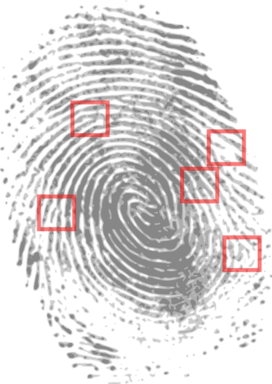RELIABLE BACKGROUND SCREENING NEWSLETTER – JULY 2019
Credit Reports Changed Two Years Ago – Do You Know How?
All credit reports provided by the three credit bureaus underwent dramatic change two years ago (July 1, 2017). I first wrote about this in May 2017, Big Changes Coming to Credit Reports, and also in June 2017, Act Before Eviction Judgments Disappear From Credit Reports. This occurred due to a lawsuit settlement that the three credit bureaus (TransUnion, Experian and Equifax) agreed to accept.
The enduring impact of this settlement is that public records reported by the three credit bureaus have been drastically diminished and altered. Civil judgments and tax liens no longer appear on any credit report. The only public records that still appear on credit reports are bankruptcies. Based upon research, most people are still unaware of how the efficacy of credit reports has been significantly reduced – even though it has been more than two years since this vital public record information has been removed from credit reports.

Fortunately, depending upon your industry, there are alternative solutions. It was only the three credit bureaus that were impacted by the lawsuit settlement mentioned above. Consumer reporting agencies, such as Reliable Background Screening, are not affected by this settlement.
For companies in real estate and property management needing resident screening or tenant screening services, their main civil judgment concerns are evictions and forcible/unlawful detainer judgments. Reliable Background Screening provides a National Instant Eviction Search product that is separate from the credit report to uncover this critical information for the rental housing industry.
For all companies, regardless of industry, that are concerned about whether tax liens and/or civil judgments exist on a potential applicant, Reliable Background Screening has its Bankruptcy, Lien and Judgment Search product, which again, is separate from the credit report.
Credit reports are still important in mitigating risk, as they show overall payment history, and credit utilization. Individuals who are “maxed-out” on their available credit lines typically represent a high risk. However, credit reports alone, cannot provide the entire picture. If your company is concerned about discovering whether your applicant has civil judgments and/or tax liens, it is imperative that you supplement your credit report with one of the products listed above.
Rudy Troisi, L.P.I., President and CEO, Reliable Background Screening
BRETT’S RELIABLE QUICK TIPS
We Appreciate and Reward Referrals
To keep costs in check to provide our quality services at fair prices, we rely on our satisfied clients’ referrals to get new clients.
If you are happy with the service we are providing you, we will greatly appreciate you referring us to others like you who also value protecting their brand, reputation, and safety. As a token of our appreciation, we will send you a $25 Amazon gift card.

No Two Alike! The History of Fingerprint Identification
In the 1880s, anthropologist Sir Francis Galton studied fingerprints for hereditary traits. He determined not only that no two fingerprints are alike, but also fingerprints remain constant throughout an individual’s lifetime.
Soon after these findings, law enforcement officials saw the value of fingerprint evidence. Sir Edward Richard Henry, a British official stationed in India, developed a system of fingerprint identification for Indian criminals. By the beginning of the twentieth century, Scotland Yard begun to compile fingerprint information, using a classification system based on Henry’s work. The United States soon followed suit, the New York Police Department and the Federal Bureau of Prisons instituted a fingerprint system in 1903.

The first murder case in the United States in which fingerprint evidence was used successfully was in Illinois in 1910, when Thomas Jennings was accused of murder after his fingerprints were found at the victim’s house. While Jennings appealed his conviction, the Supreme Court of Illinois upheld the evidence and Jennings was executed in February 1912. People v. Jennings thus established fingerprint evidence as a reliable standard.




